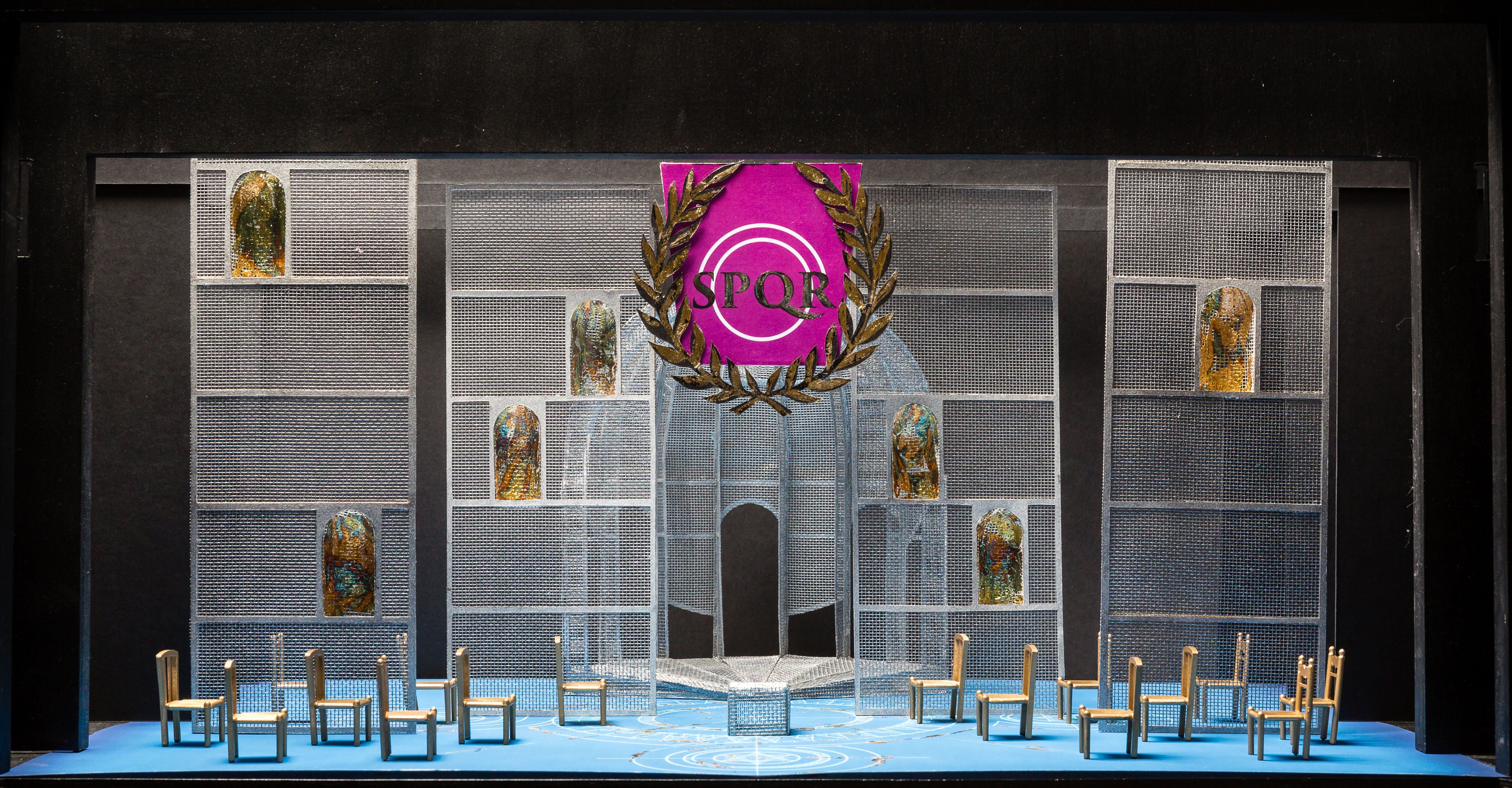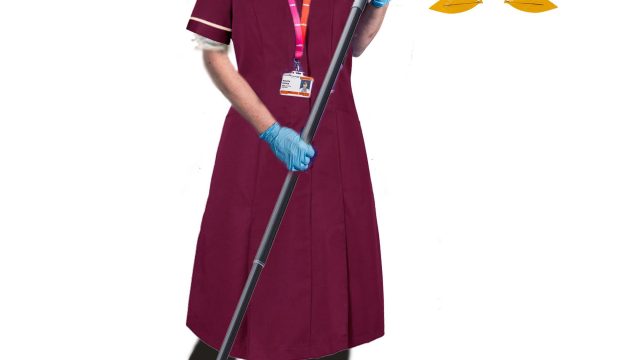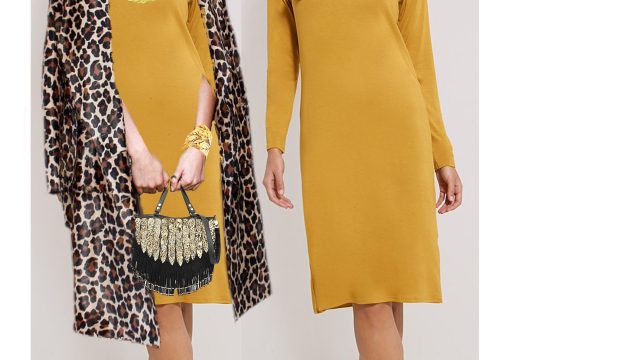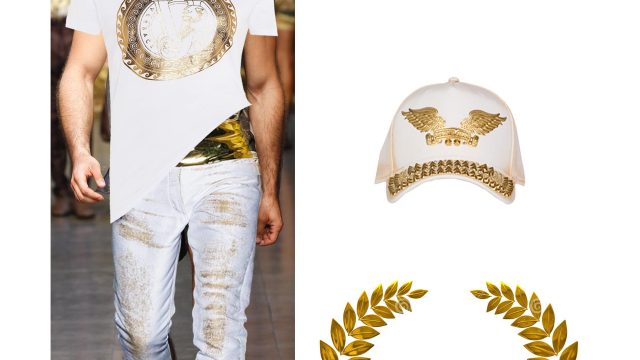Why Theodora is a Modern Production for Today’s World
One of Handel’s great masterpieces, Theodora has a plot that resonates to this day as conflicts continue to erupt around the globe.
Innocence, love, faith and courage bloom strong and full of promise in this oratorio, only to be struck down by the thirst for power and blind hatred. This rarely staged dramatic work contains some of Handel’s most beautiful arias, duets and choruses – and promises to be a profoundly moving theatrical experience, coming to the RNCM stage from 24 March – 1 April.

The story recounts the tender love and eventual martyrdom of Theodora, a young Christian woman, and her Roman lover, Didymus. When the order is given that anyone refusing to offer sacrifice to Jupiter is to be tortured and killed, the two lovers find themselves locked in a battle to the death; each determined to sacrifice their own life to save the other. The Roman chorus, initially baying for blood, are deeply shaken and affected by the quiet courage of the Christian lovers and their friends.
As you’ll see from the costume and set imagery, despite its original setting in the 4th Century AD, our production is set to be a decidedly modern take on Handel’s Theodora.
- Theodora costumes
To find out more about this modern treatment, we caught up with Kevin Thraves, Deputy Head of Opera at the RNCM, guest director, John Ramster, and set and costume designer, Bridget Kimak, who discussed why Theodora is very much a production for here and now:
KT – A director must undertake a huge amount of research prior to directing any opera production. What key areas of research did you investigate prior to working on Theodora?
JR – Theodora is a startlingly relevant piece of music theatre. Handel, and his librettist Thomas Morell, found ever-timely themes of persecution, man’s inhumanity to man, the importance of love, the centrality of religion to modern society for good and for ill, the dangers of tyranny and intolerance.
I knew that Theodora had to be set in 2017 for these themes to resonate fully. I am a current affairs addict, so a lot of research was finding articles and images of modern Syria (where Theodora is set), of the upheaval there, looking at images of the recent American elections, minting afresh the parallel between ancient Rome and the USA and then seeing how that impacts in a setting where Rome is the colonising power.

Theodora has been a part of my artistic DNA for decades, and I knew instinctively that it had to be a production about right here and right now. Then, it became a series of conversations between Bridget and I for what that meant, what that might look like.
KT – Bridget, could you describe some of the discussions you had with John during the early design stages of Theodora?
BK – From our first meeting, John and I were of one mind regarding the period in which Theodora should be set. Theodora had to be an opera for now. There is no time like the present for telling this story, you only have to look at the news to see how relevant this oratorio/opera is to the present day.
In our visual research we found far too many dark images of despair and destruction. Christian Churches, Mosques and Synagogues alike are all prey to the ravages of intolerance. These grim images of religious and racial persecution, were devoid of hope, and began to weigh heavily on both of us.
We knew that we could not ignore the current situation in the Middle East, but we also soon discovered that recreating a vision of the current horrors did not address the complexity and richness of the score. We needed to create a world in which a new faith was emerging, in which young people strive to stay firm in their beliefs and struggle to do the right thing, despite living under an oppressive regime.
After much soul searching, the setting we arrived at for Theodora was that of a new church in the making, a blueprint for a new faith, a church of the heart and mind. The stage picture for the chorus ‘He saw the lovely youth’ is all that remains of our early research into the horrors of Antioch (modern day Syria).
Find out more about Theodora and book tickets here.
8 March 2017










